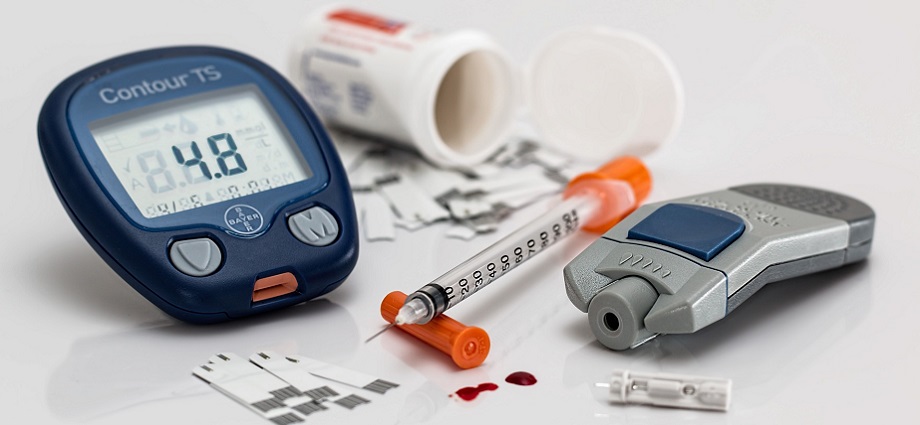In recent years, healthcare has undergone a digital transformation, with the Internet of Things (IoT) playing a major role in driving this change. IoT technology is revolutionizing the way healthcare is delivered, making it more efficient and accessible to everyone.
Healthcare IoT: The Benefits of Connected Devices
The healthcare industry is undergoing a rapid transformation, driven in large part by IoT technology. Connected devices allow healthcare professionals to better monitor and manage patient health, leading to improved outcomes and greater efficiency. Here are just a few of the benefits of healthcare IoT:
Improved patient outcomes: It allows healthcare professionals to monitor patients more closely and respond more quickly in case of an emergency, leading to improved patient outcomes.
Increased efficiency: IoT devices streamline many aspects of healthcare, from patient monitoring to medical records, leading to a more efficient and effective healthcare system.
Better communication between patients and healthcare professionals: It allows for real-time communication between patients and healthcare professionals, improving the quality of care.
Improved access to healthcare: It makes healthcare more accessible to patients in remote or underserved areas, helping to close the gap in healthcare access.
Smart Health Monitoring System using IoT
A promising application of IoT technology in healthcare is smart health monitoring systems. These systems use wearable devices, such as smartwatches and fitness trackers, to monitor patient health in real-time. Data from these devices can be used by healthcare professionals to track patient progress and make informed decisions about care.
IoT Healthcare Devices: Improving Patient Care
In addition to smart health monitoring systems, IoT technology is also being used to develop a wide range of medical devices that can improve patient care. For example, IoT medical devices such as insulin pumps and heart monitors allow patients to manage their health from home, reducing the need for in-person visits.
IoT Smart Healthcare: A Better Future for All
The future of healthcare is becoming increasingly connected, and IoT technology is playing a major role in driving this change. IoT devices are improving patient outcomes, increasing efficiency, and making healthcare more accessible to everyone. Whether you’re a patient looking for better care, or a healthcare professional seeking to improve the quality of care, IoT technology offers a world of possibilities.
The Internet of Medical Things (IoMT)
The Internet of Medical Things (IoMT) is a growing subfield of IoT that focuses specifically on medical devices and healthcare applications. IoMT devices include everything from wearable health monitors to medical equipment, and are helping to transform healthcare in new and exciting ways.
Internet of Things in Healthcare: Improving Patient Outcomes
The Internet of Things (IoT) is having a profound impact on the healthcare industry, and is changing the way healthcare is delivered to patients. IoT technology allows healthcare professionals to monitor patients more closely, respond more quickly in case of an emergency, and make informed decisions about care. By improving patient outcomes, IoT technology is helping to create a better future for all.
IoT Medical Devices: Revolutionizing Patient Care
IoT technology in healthcare enables the development of IoT medical devices, allowing patients to manage their health from home and reducing the need for in-person visits, saving time and resources. Some examples of IoT medical devices include:
Smart insulin pumps: These pumps use IoT technology to monitor blood sugar levels and deliver insulin automatically, helping to improve diabetes management.
Heart monitors: These devices use IoT technology to monitor heart rate, rhythm, and other vital signs, allowing patients to track their heart health from home.
Medication dispensers: These devices use IoT technology to dispense medication on schedule, helping to ensure that patients take their medications as prescribed.
The Benefits of IoT Medical Devices
IoT medical devices offer a range of benefits, including:
Improved patient outcomes: IoT medical devices allow patients to manage their health from home, leading to improved outcomes and better health management.
Increased efficiency: IoT medical devices save time and resources, as patients are able to manage their health from home, reducing the need for in-person visits.
Better communication between patients and healthcare professionals: IoT medical devices allow for real-time communication between patients and healthcare professionals, improving the quality of care.
Improved access to healthcare: IoT medical devices makes healthcare more accessible to patients in remote or underserved areas, helping to close the gap in healthcare access.
The Future of IoT in Healthcare
The future of IoT in healthcare is exciting and full of possibilities. As technology continues to advance, we can expect to see even more innovations in IoT medical devices, smart health monitoring systems, and other IoT applications in healthcare. Some areas of growth that we can expect to see in the future include:
Telemedicine: It will allow patients to receive remote medical care, improving access to healthcare and reducing the need for in-person visits.
Predictive analytics: It will allow healthcare professionals to use predictive analytics to identify health risks and take preventative action, leading to better health outcomes.
Personalized medicine: It will allow healthcare professionals to tailor medical treatment to individual patients, based on their specific needs and health conditions.
Conclusion
In conclusion, it is revolutionizing the healthcare industry, and is leading to improved patient outcomes, increased efficiency, and better access to healthcare. Whether you’re a patient looking for better care, or a healthcare professional seeking to improve the quality of care, IoT technology offers a world of possibilities.

